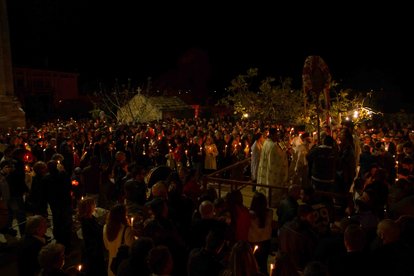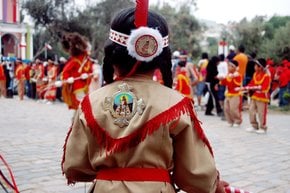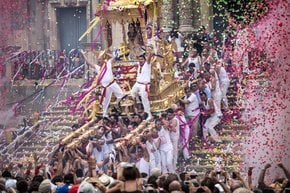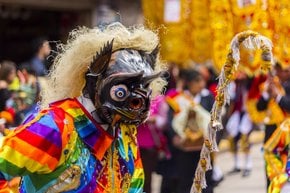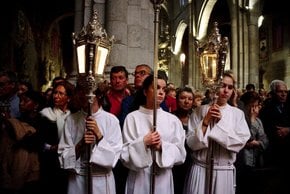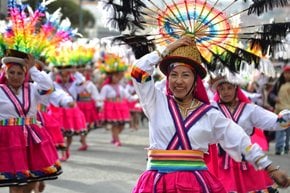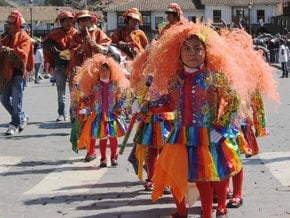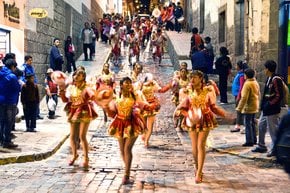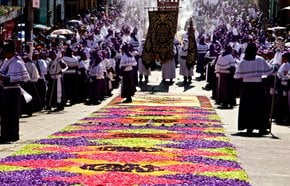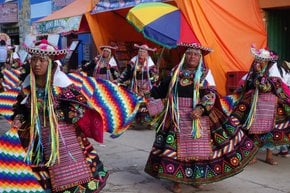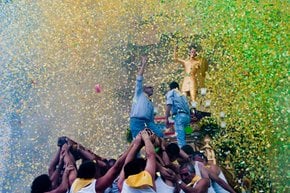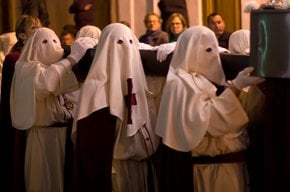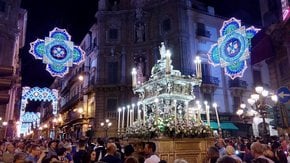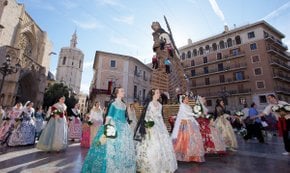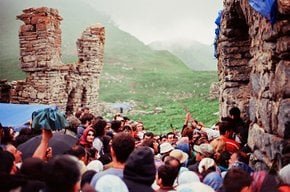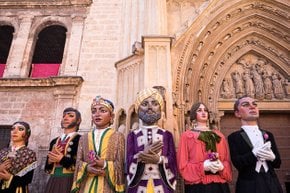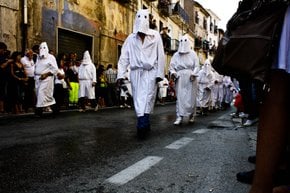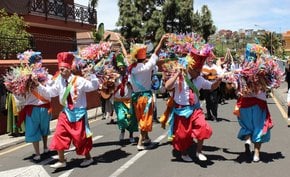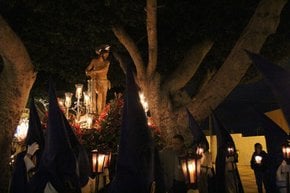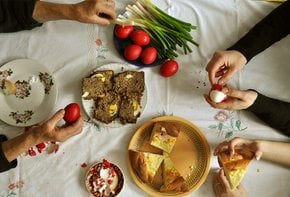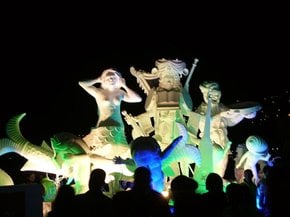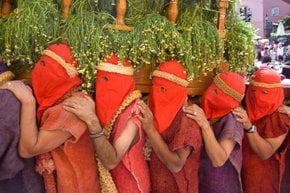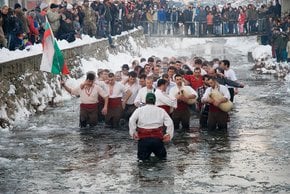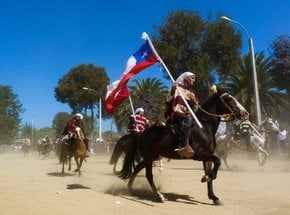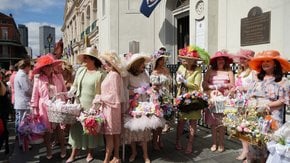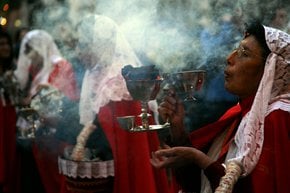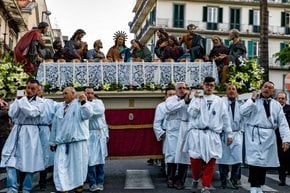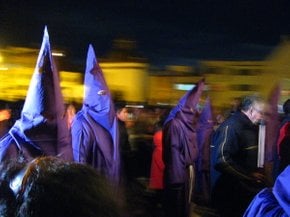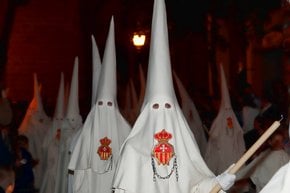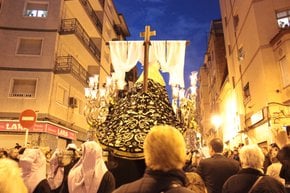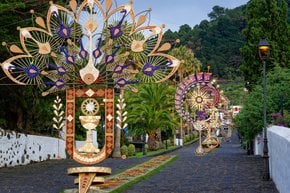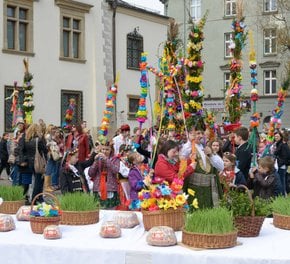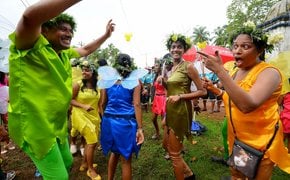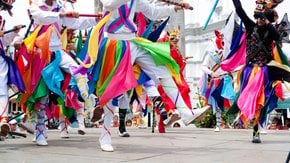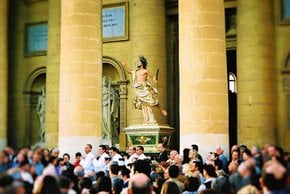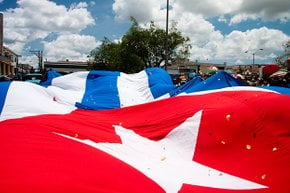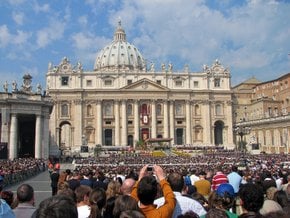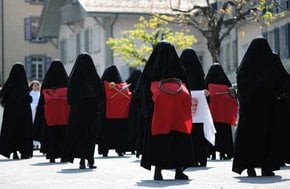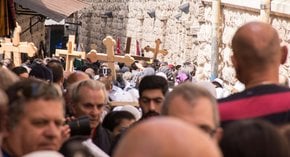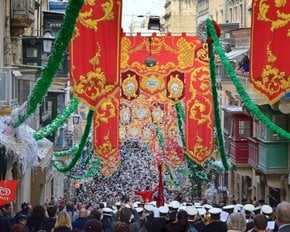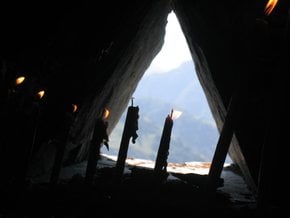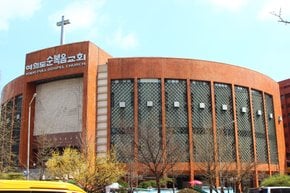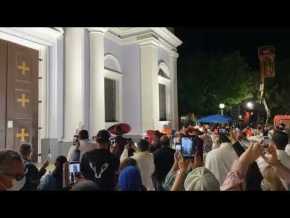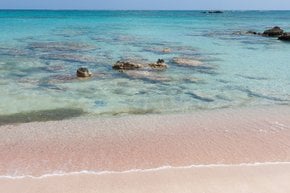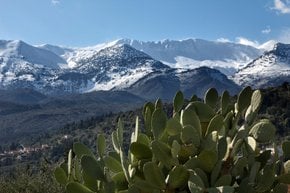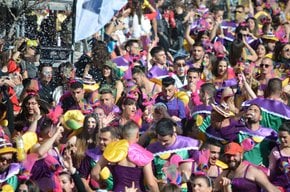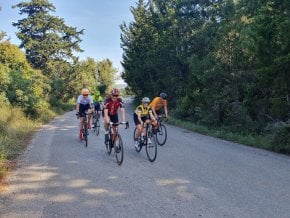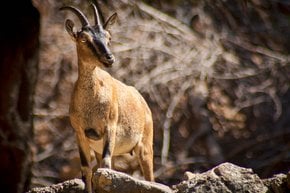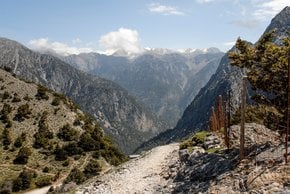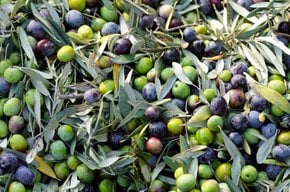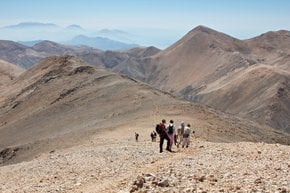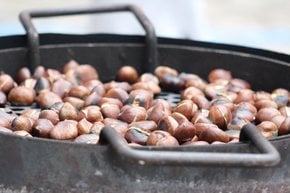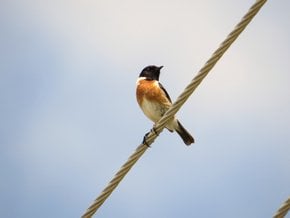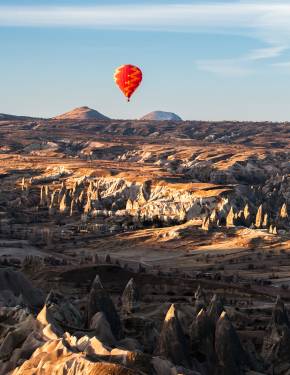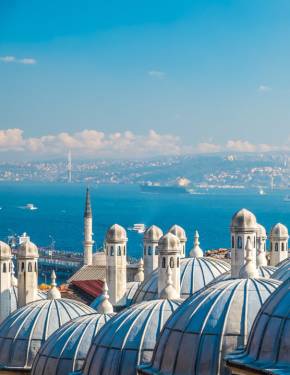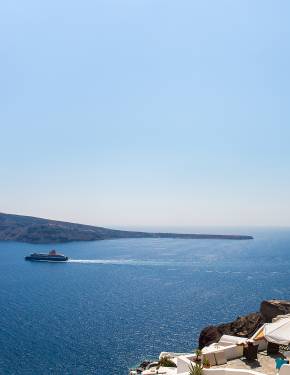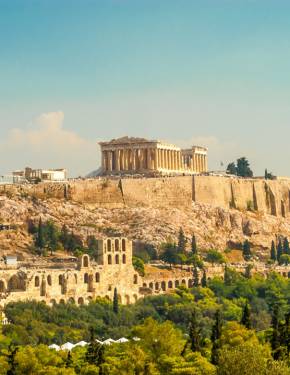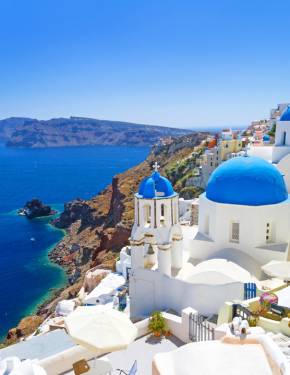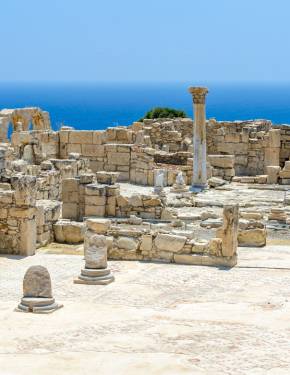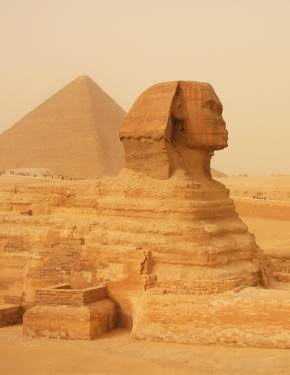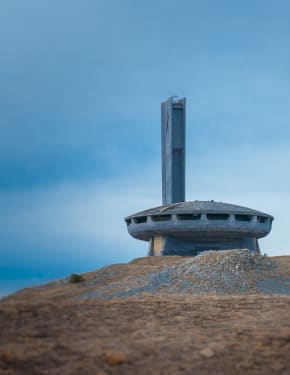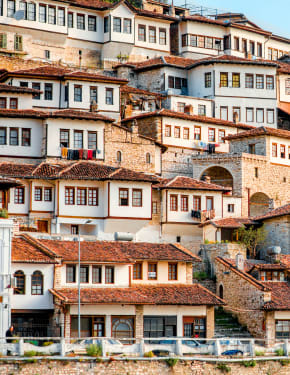Holy Week & Greek Easter 2025 in Crete
Feel the spirituality of Crete during the biggest religious holiday in the country
Dates: April 13–20, 2025
Holy Week, running from Palm Sunday till Easter Sunday. is the most important religious celebration for the Greek. Crete is a perfect place to immerse yourself in a jubilant atmosphere of the Greek Orthodox Easter and experience its unique customs, religious ceremonies, and amazing foods that you can only try in Greece.
Every day of the Holy Week (Megali Evdomada) is filled with events and preparations. The most sacred day is Holy Thursday, when locals cook food for the Easter lunch, dye eggs, and bake traditional Easter bread tsoureki. Good Friday is a day of mourning. Many people wear black, tavernas are closed, loud music is prohibited in many places. In the evening, people go to church. After the service, a procession goes through the streets with people carrying the epitaph and coffin of the Lord. Late in the evening on Holy Saturday, the streets are illuminated by candlelight, as people carry candles through the streets.
Easter Food
Easter Sunday is a culmination of festivities. This day is associated with the traditional dish—roasted lamb. It's a day when whole families gather together, throwing big parties with lots of wine, dancing, music, and enjoyment. It's a good chance to try traditional Easter food and sweets, including roasted lamb or goat, as well as roasted potatoes, spinach and cheese pie, and much more.
Easter events in Chania
Chania, located on the northwest coast of Crete, is a great place to witness authentic Greek customs. On Holy Thursday, you can witness people hanging red cloths on their windows, symbolizing the blood of Jesus. On Friday, you can visit Chrysopigi Monastery, where thousands of pilgrims gather to honor Zoodochos Pigi Virgin. You can also witness the Epitaph at Panagia Trimartiris church, the procession dedicated to the Passion of Jesus.
Easter events in Gavalohori
Many ancient rituals are still observed in the 1000-year-old Gavalohori village, located in the northwestern part of the island. On Holy Saturday, the locals with candles gather near the Church of Saints Sergius and Bacchus. At midnight, the lights in the church go down, and the priest brings a lit candle outside. After declaring that "Christ is risen!" the priest shares a light from his candle with church-goers.
Before the Saturday service, children of Gavalohori village also prepare a bonfire to burn a dummy representing Judas at midnight. As everyone's candles are lit, a pyre is set on fire, and Judas is burned in effigy. Plenty of fireworks and firecrackers accompany the scene.
Easter events in Agios Nikolaos
You can also watch the same tradition in the city of Agios Nikolaos, near Lake Voulismeni. The spectacular burning of Judas gathers large crowds with fireworks and candles.
The midnight Service of the Resurrection marks the end of fasting, and the city suddenly becomes alive in the middle of the night. For younger people, it's common to go out and celebrate the beginning of Easter in different tavernas and cafes with live folk music and dancing. There are many places in Agios Nikolaos, where you can witness Easter celebrations and traditions.
The streets get illuminated with thousands of candles as people exit churches after a hymn to the “Risen Christ” is played and carry holy light to their houses in total silence. According to popular belief, this helps to rid their houses of demons and brings good luck.


